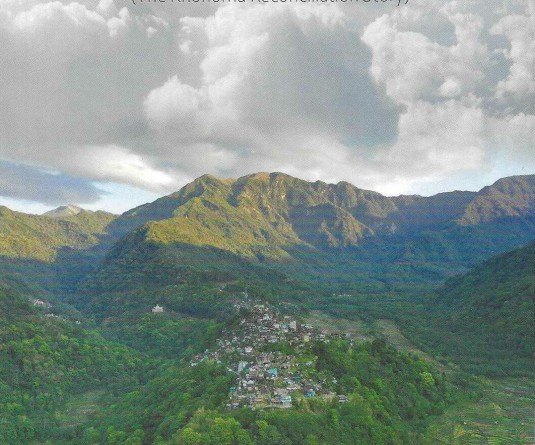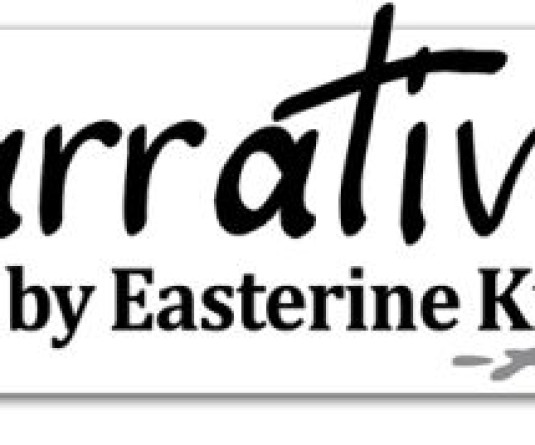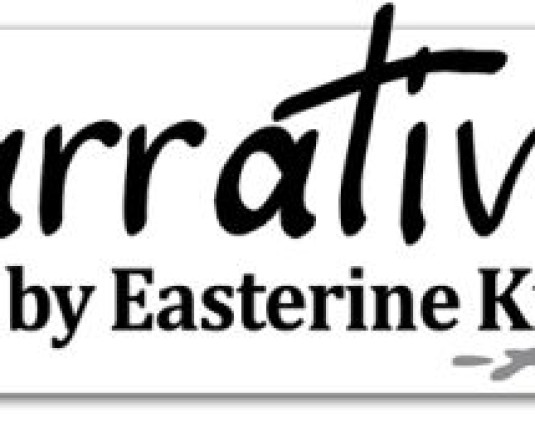1

A review – Part Two
Growing up in Impur where his father Imchaba was a teacher, seven-year-old Lanu Toy witnessed first-hand a tiger hunt by men of Mopungchuket village. They were armed with spears and shields. The women were not to be left out of the chase as they did their part in intimidating the tigers by shouting loudly. Young girls climbed trees and cheered the men on. Five tigers were killed on that day alone. That was the era he grew up in, the time period when modernity and tradition were crossing into each other’s boundaries before that precarious coexistence was completely shattered.
The biography traces his childhood days spent in Impur where Saturdays sometimes included the excitement of a trip to the Longrangtzüsü River to wash their clothes. It was at the river that Lanu Toy saw a mini hydroelectric project that the missionary Anderson had installed and was using to charge his large battery, possibly the first mini hydroelectric project in the region. It fired his imagination and gave birth to the thought that electrification of the Naga villages could one day be a reality.
Not only does his life story enrich us with these nuggets of native history, Uncle Toy lived among historical figures of Naga life, one being the venerable Mayangnokcha, also titled, ‘The Father of Education’ by the Ao Senden. Mayangnokcha received many awards in his career as a teacher, including the ‘Certificate of Gallantry’ in 1945 and the ‘Member of the British Empire’ in 1946 from the British government. When the Mokokchung Government M.E. School was upgraded to high school, Mayangnokcha encouraged his star student to move along with him to Mokokchung to continue in the sixth standard.
During his Mokokchung days he met and interacted with Imkongmeren, a key figure in the Naga freedom movement. From Mokokchung he travelled to Kohima to continue his studies. By then he had won a monthly scholarship of three rupees. More names are mentioned on his Kohima sojourn; people who have passed into history come alive again in his narrative as teachers, as administrative officers or as classmates in the early 1940s – George W. Supplee, Charles Pawsey, Imtimerang, Levi, Jasokie, T.Sakhrie and so on.
The vivid description of Kohima before the war is a picture we have to look at through Uncle Toy’s eyes. He recalls a scene of pre-invasion Kohima when he saw several British soldiers preparing for the Japanese arrival. They were lying in wait underneath the many trees that dotted the town of Kohima. It is a picture we will never see again of a bygone time forever erased. My mother used to talk about the many wild flowers that used to bloom in the town area in early Spring. The title of Gordon Graham’s post-war book on Kohima is The Trees are still young on Garrison Hill. The trees of Uncle Toy’s childhood were all bombed out of existence.
The invasion was very real and the school was closed and the students sent home, so Uncle Toy’s studies were continued in Jorhat at the Mission school. Interestingly, he mentions the presence of 200 Italian prisoners of war, who were left unguarded, and participated in sports, volleyball, badminton and boxing. The prisoners regularly kept up physical training and Uncle Toy says that the students took this lead from them to inculcate physical activities in their hostel life. To this day, that healthy habit has remained as a testament to his longevity.
The next era that Uncle Toy’s life entered was after the Second World War when the Naga movement swelled into a mass movement in the Naga hills. Though he went to study Intermediate science in St Paul’s college, Calcutta, and later pursued a Bachelor’s degree in Engineering at Jadavpur College of Engineering, he found himself part of the Naga freedom movement in different ways. There is a beautiful article immaculately written by Uncle Toy titled, ‘The Nagas and Nagaland Today’ which was published in The Amrita Bazar Patrika. In another instance he has written to the Editor to correct erroneous news sent in by a correspondent who tries to claim that the INA invaded the Naga Hills. The correspondent had misused an inscription showing the point where the Japanese invasion was halted.
On other occasions, he hosted Naga student friends travelling via Calcutta. Some of them were message carriers for the Naga Underground. The various methods they used to conceal messages is described in the book. While in Calcutta he was in contact with A.Z. Phizo, S.C.Jamir, Sashimeren Aier, Satuo Sekhose – people who went on to build up the future Nagaland. It was a Calcutta where T.Ao was already becoming a well-loved football legend, and shortly after, he led the Indian team as Captain to the world Olympics games in 1948.
Uncle Toy had found it fit to comment on the harmony that existed in his first experience of hostel life in Kohima. He talks again about the beauty of Naga relations during the Calcutta days because of the complete absence of divisions along tribalistic lines. The few Nagas studying there were very close to each other and looked after each other’s welfare with no thought given to what tribe the person came from.
The Umtru Hydel Project where he started work was the first Hydroelectric project in the Northeast under the Assam Electrical Department. He was a key figure in all the major hydroelectric projects in Assam and Meghalaya being the only trained officer at the time. For the Umtru project a special post called Resident Engineer was created specifically to employ him, and especially so they could use his expertise. The post was discontinued after he left the site. When the Umiam project began, there was no electrical engineer who had the experience of working on a hydroelectric project so his services became indispensable, therefore he was transferred to Shillong to work on the project.
In 1966, Uncle Toy joined the Nagaland Government as the head of the Electrical department. He faced greater challenges working within his own state than working in other states. It was not easy to make higher authorities understand that the terrain of Nagaland made everything doubly expensive than it would have been in the plains. Working against all the difficulties, he was finally able to bring electrification to both urban and rural areas in Nagaland, earning him the affectionate title, Linük Milen, light of the land.
Even as a young adult in 1949, Uncle Toy had nursed a desire to bring his people out of the darkness and difficulty of a region where there was no electricity and the people depended on kerosene lamps and candles. Many were the different battles that Uncle Toy fought throughout his career, but through it all, his dream and vision of bringing electricity to his beloved Nagaland was fulfilled. And when his expertise was called upon after retirement, he readily served the government again and worked in extremely difficult circumstances in an environment of corruption and pressure from the local community and the Underground factions. His very life was under threat when he was attacked physically and grievously injured. Yet in spite of all that, he returned to his duty and fulfilled it.
The book contains the story of how the God he trusted all his life vindicated him when he was wrongly charged and nearly killed at Doyang. Six years after they had assaulted him, the villagers numbering more than forty, confessed,
‘After we had laid hands on Lanu Toy, Changsü soil became cursed. We had difficulty rearing our animals, and our crops failed us. Nothing we did had blessing anymore. And regrettably, some of those who were involved in the incident passed away without having the opportunity to receive forgiveness. We even had revival programs in our church a few times but nothing changed. At last, our two villages resolved to come and ask Obala for forgiveness.’
The false allegations and memorandum they had brought against him were retracted publicly, and Uncle Toy, being the gracious child of his heavenly father that he was, forgave them.
In his years of service, the periods of working at the Umtru project and the Umiam project were, without doubt, the greatest challenges, technically. But the NEEPCO project made the most demands on his faith and professional integrity.
Tsüngchi Samanir Ka is the extraordinary story of a seemingly ordinary man. Read it. It is our story too. There are snippets of history that will not be found after his generation is gone. Uncle Toy’s life is like a window through which many can look at the Naga past and marvel at all it has gone through in the past century. The encounter with the modern world via something as brutal as the First World War and the Japanese Invasion of India, the bombings of whole villages and towns, the rise of the Naga freedom movement and the dark periods that all sections of Nagas passed through - all these are featured in the book as one man’s lived experience.He blesses us even in the sunset of his life, by sharing his story. With fastidious attention to detail, the biographer and translator Repalemzüng Longkumer has successfully tilled a field, and brought its abundant harvest home.






